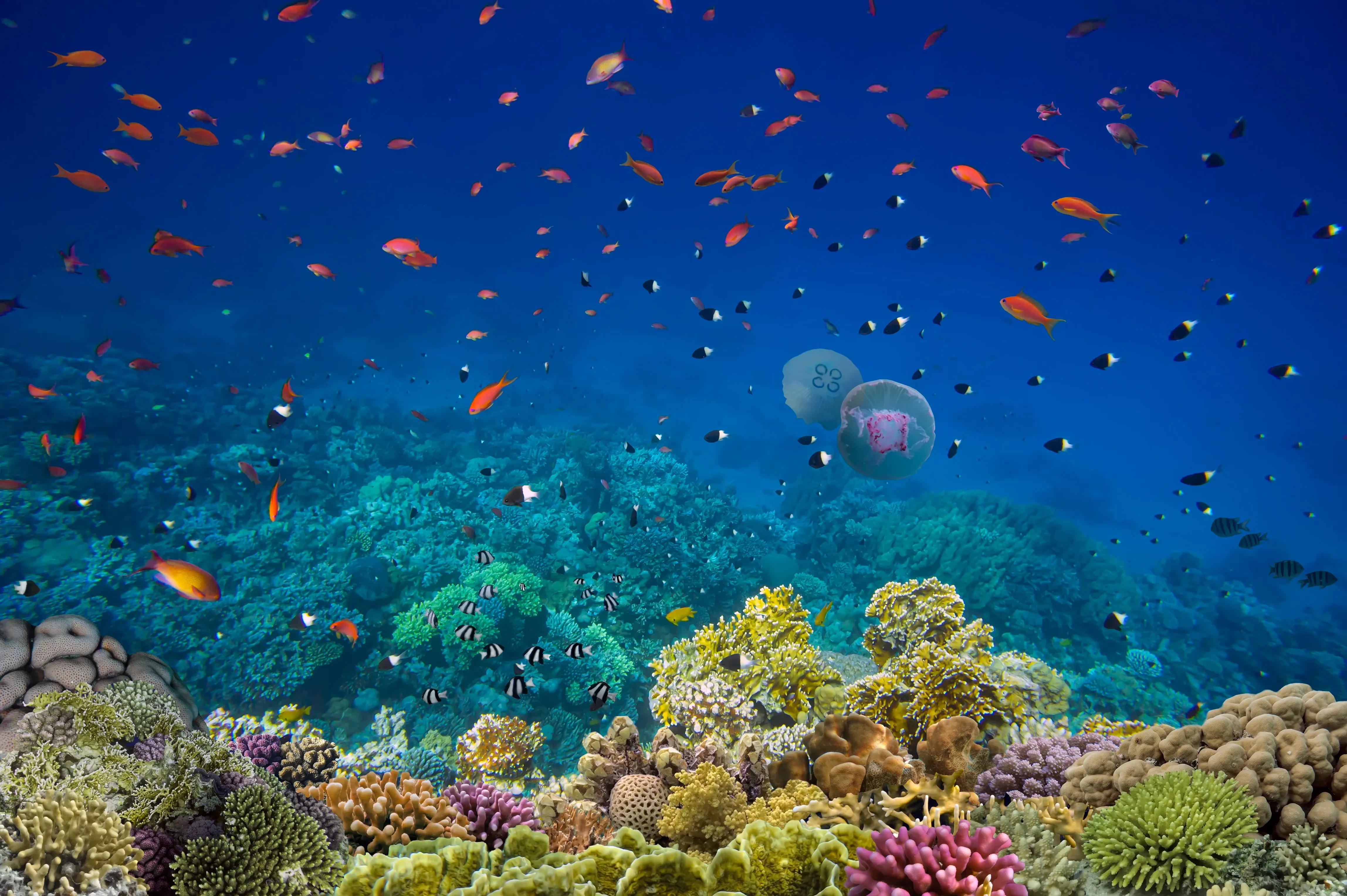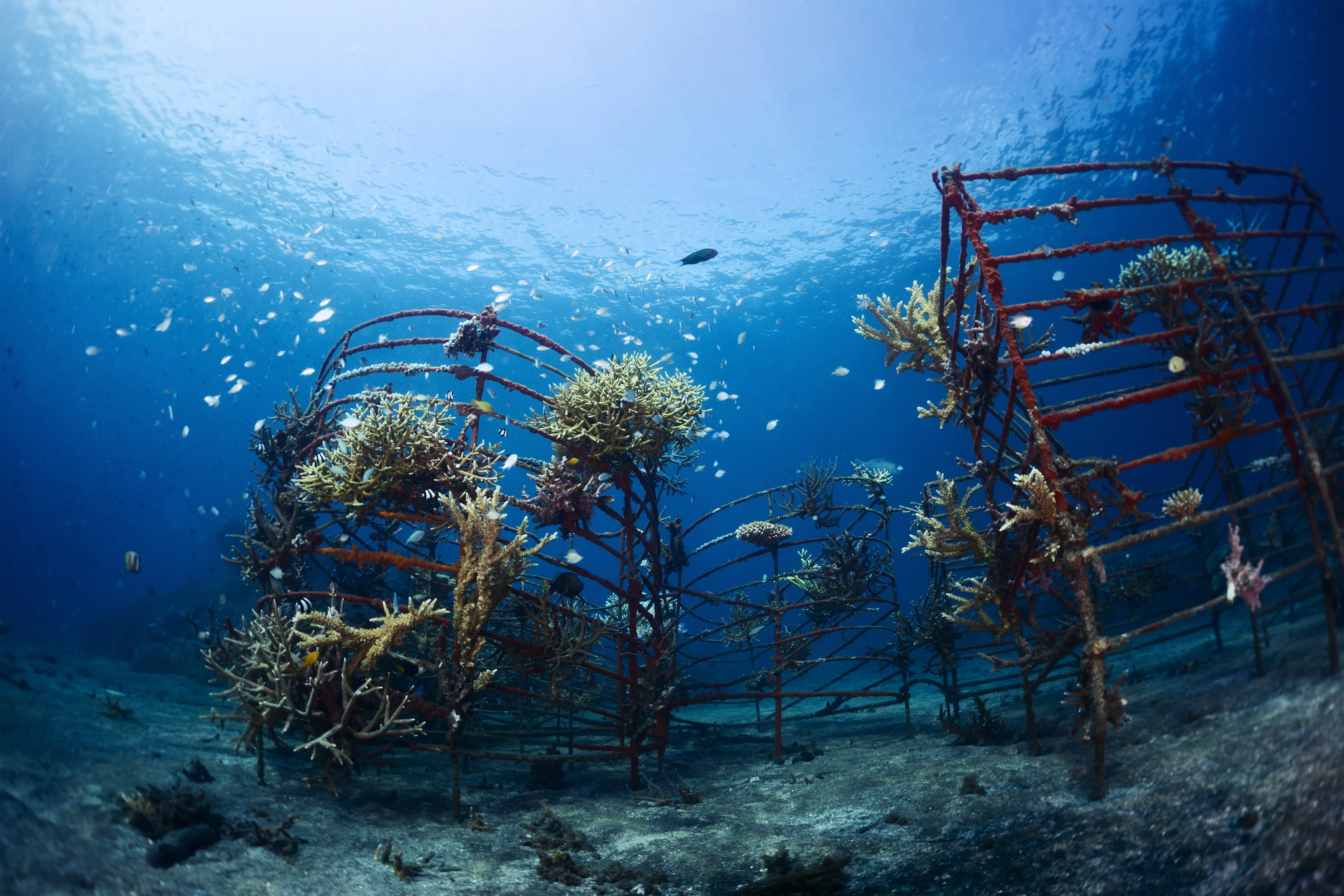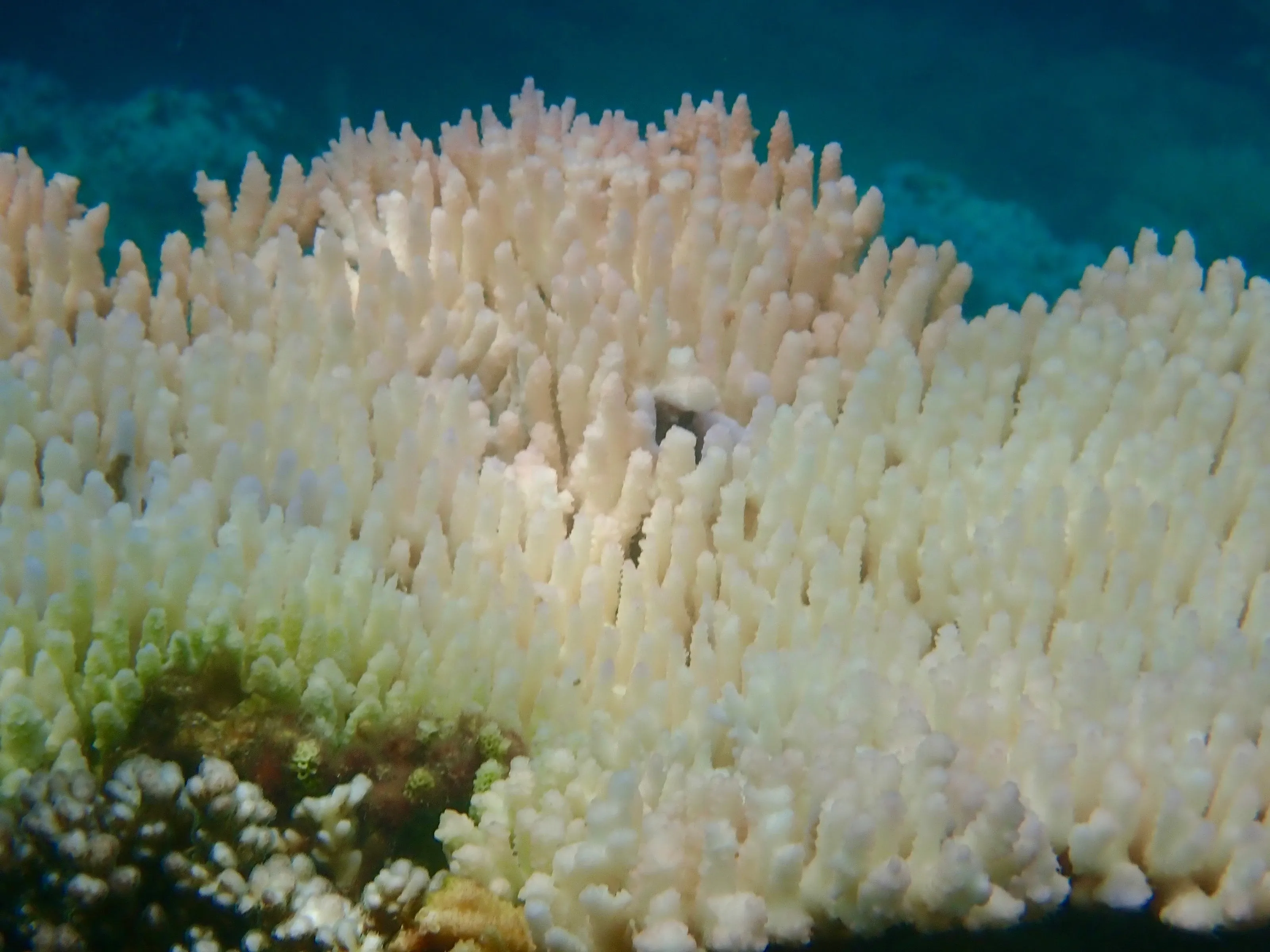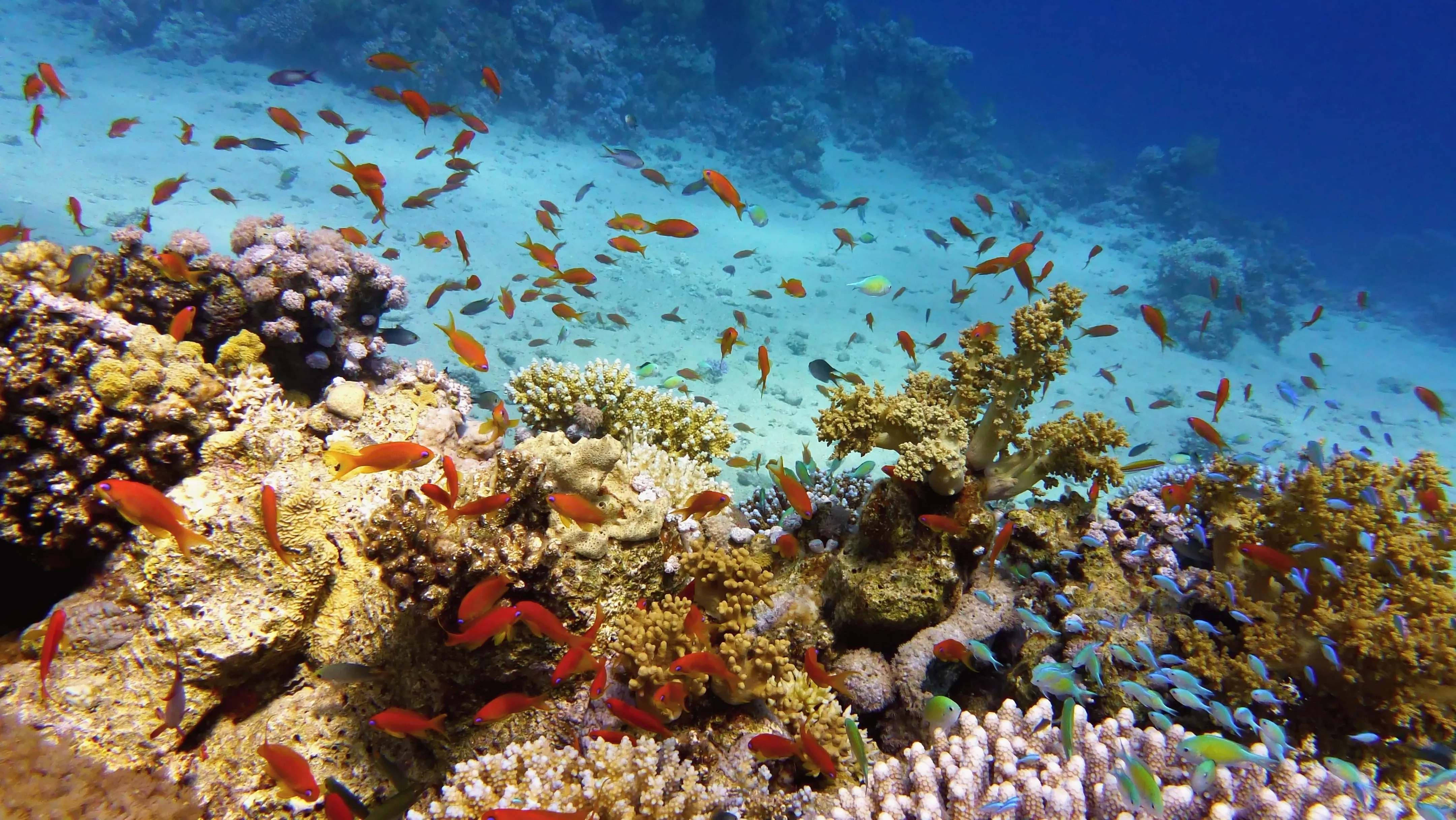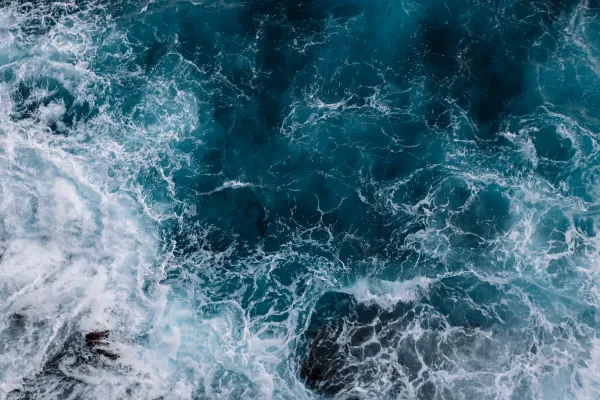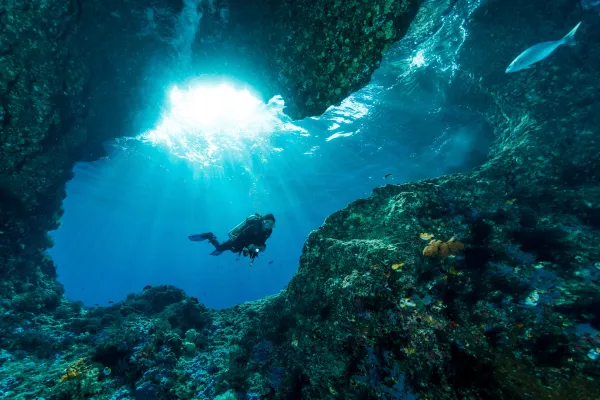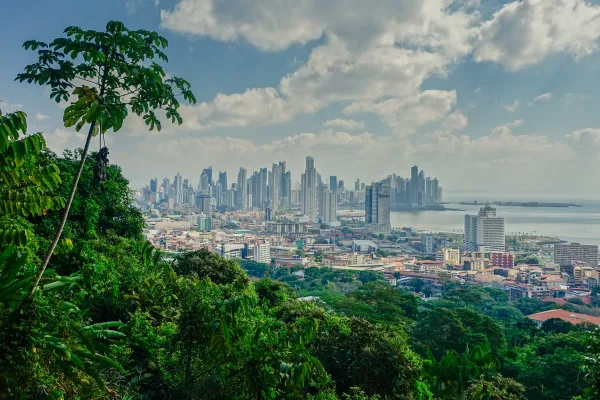The precarious future of coral reefs
Coral reefs are globally renowned and treasured for their vibrant richness and exceptional levels of biodiversity – despite covering less than 1% of the ocean, these ecosystems support over 25% of all marine species.
However, under the pressures of climate change and human impacts, reefs are being degraded and lost at an unprecedented rate, threatening the precarious marine biodiversity and human populations across the globe and calling for urgent conservation action.
The kaleidoscopic paradise of bright colours, shimmering sunlight and glistening shoals of fish makes coral reefs one of the most beautiful and captivating environments on earth. But aside from the aesthetic appeal of reefs, these ecosystems play an essential role in marine health across the oceans.
With the growing pressures of anthropogenic disturbance combined with the intensifying effects of climate change, coral reefs are under enormous stress, and have suffered significant declines in recent decades.
Coral reefs in our daily lives
Coral reefs provide essential habitat for thousands of species including many economically important fish species and protect coastlines from erosion. Over a million people rely directly on coral reefs for their livelihood, through fishing and tourism, and many important compounds used in biotechnology and medicine are sourced from reefs.
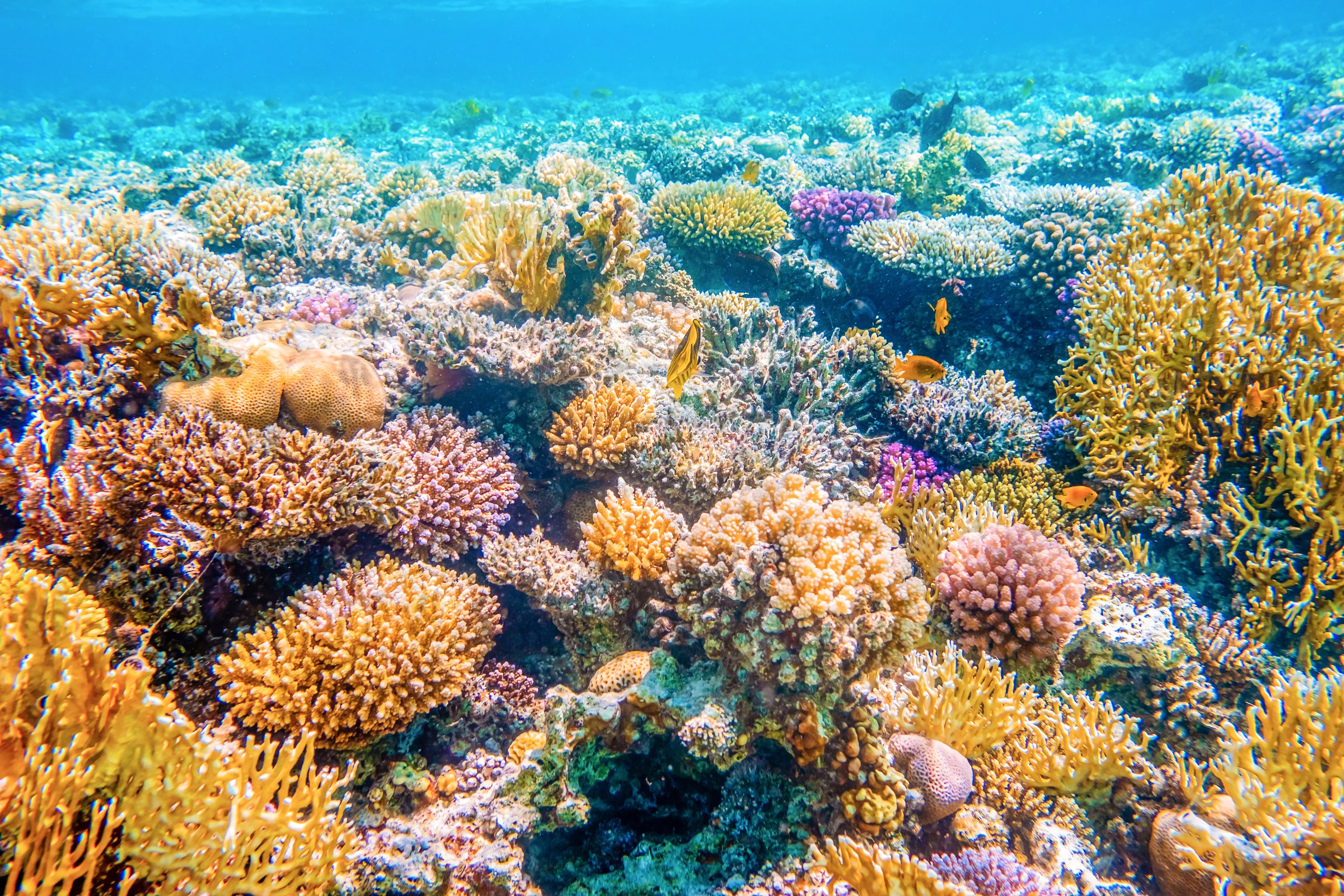
New drugs are constantly being developed using reef-derived chemicals, to treat debilitating diseases such as leukemia, arthritis and skin cancer – losing these ecosystems will have hugely negative impacts. It is estimated that the total value of coral reefs worldwide sums to $2.8 billion, deeming reefs an extortionately valuable component of the environment. In addition, many human communities have evolved with coral reefs, leaving them tightly intertwined with historic cultures and traditions.
Corals have been incorporated into shrines, jewelry, and costumes worn in religious and tribal rituals, symbolizing beauty, power, and fertility. Shells from associated reef organisms have also played a huge role in historic arts, crafts, and decoration, and are still used as forms of currency in island cultures. The intrinsic and cultural value of reefs cannot be quantified but adds a further layer of connection to reefs which continues throughout tropical coastal communities today, highlighting the importance of these ecosystems.
The components of a coral reef
Coral reefs contain a diverse array of soft and hard corals, sponges, and algae, interspersed with rock and sand substrates, and an array of mobile fauna that utilize the structure as a source of food and shelter. The reef itself is built from a conglomerate of many hard or ‘stony’ coral colonies, known as Scleractinian corals, which have calcareous skeletons. These organisms are animals, which form a symbiotic relationship with photosynthetic algal partners which reside in their tissue.
The coral provides shelter and a nitrogen source to the algae, in exchange for sugars produced during photosynthesis, which is the coral’s main food source. Under stress, the algae produce harmful compounds that may cause the coral to expel it, destroying the symbiosis. As the algae contains the coloured pigment, once it is expelled the coral appears white, due to the skeleton showing through its transparent tissue. This process is known as ‘coral bleaching’, which is a major concern affecting almost all tropical reefs.
Threats to coral reefs
#1 Climate change
The most prominent threat to coral reefs is climate change. This encompasses three main components – rising sea levels, warming sea surface temperatures, and ocean acidification. Rising sea levels are gradually sinking reefs deeper underwater, which reduces the light intensity and hence reduces the photosynthetic rate of the symbiotic algae, decreasing food availability to the coral. Warming sea surface temperatures increase the metabolic rate of both the algae and coral, meaning the coral requires more energy which it cannot obtain – this is exacerbated by rising sea levels, becoming a multifaceted problem.
Warmer temperatures can cause coral bleaching which can be fatal to corals if temperatures do not return to normal for a prolonged period. In addition, ocean acidification is reducing the threshold at which coral skeletons dissolve. This removes the compounds corals use to build their skeletons in the first place, inhibiting the normal chemical and biological reactions associated with coral metabolism.
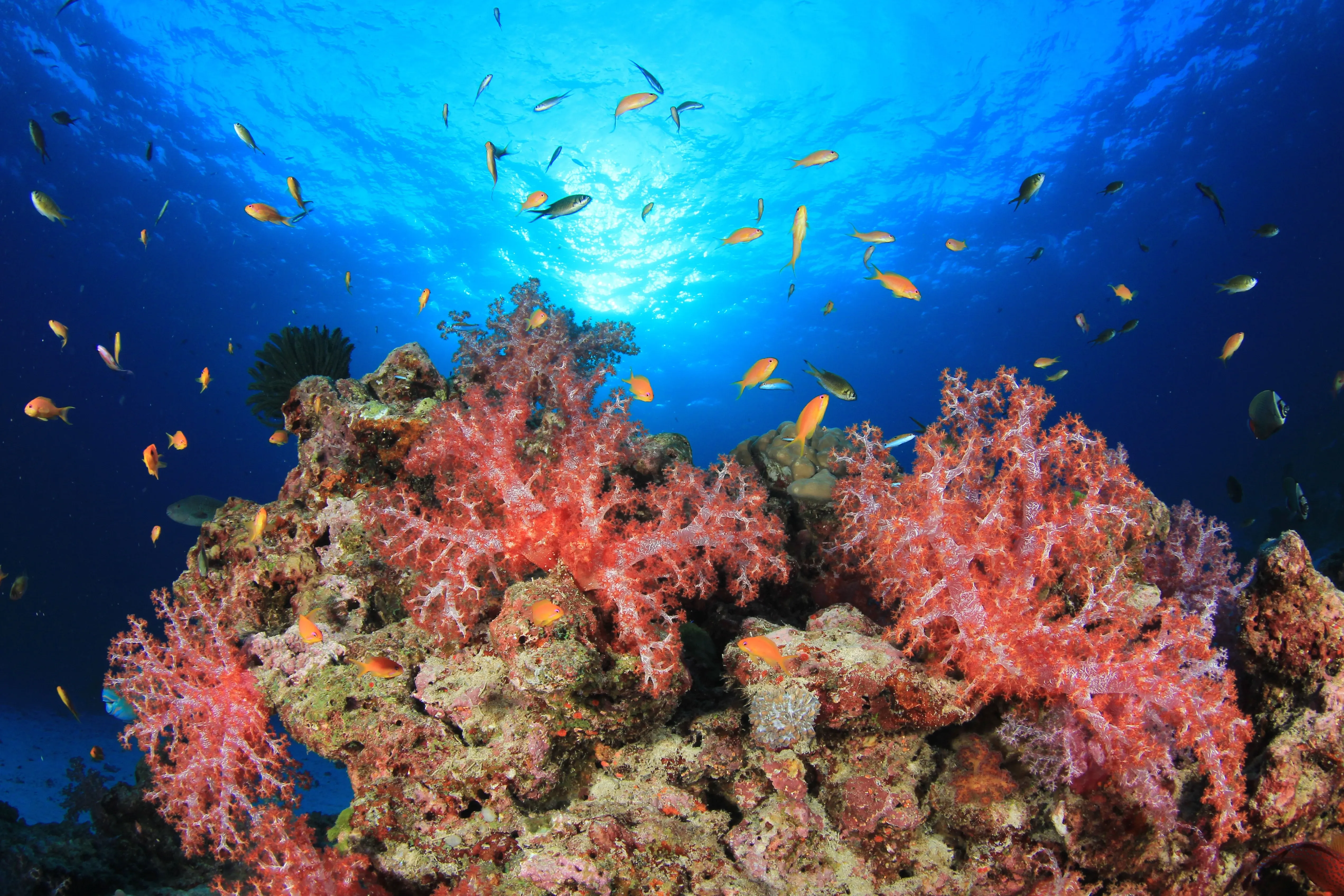
#2 Human threats
Anthropogenic actions are also a major threat to the health of coral reefs: chemical and sewage pollution, coastal development, physical damage through destructive fishing practices, and exploitation of coral species for the jewelry and aquaria trades all add to the stresses these organisms must cope with. Coral reefs are also impacted by indirect actions, such as overfishing of functionally important species.
Reef ecosystems rely on the delicate balance of herbivores being maintained by apex predators such as sharks – these species are often overexploited by fisheries, leading to population explosions in smaller predatory fish, which remove all the herbivores or ‘algae grazers’ from the reef. Subsequently, algae growth is uncontrolled and can outcompete the coral, smothering it and causing net coral loss.
#3 Biological threats
Corals are also subject to biological threats such as bacterial and viral diseases. Normally, disease outbreaks will remove weak individuals from the gene pool which are replaced by stronger, healthier organisms. However, under the compounded pressures of climate change and human interference, corals are more susceptible to infection and death through disease. Recent outbreaks of white band disease and stony coral tissue loss disease have decimated reefs across the Caribbean, causing a shift to an algae-dominated habitat. This has led to dramatic reductions in biodiversity, fish abundance, and productivity, impacting local communities that rely heavily on fish populations for sustenance.
Invasive species can also cause detriment to reef ecosystems if left uncontrolled by natural predators. On the Great Barrier Reef, populations of crown-of-thorns starfish have boomed, causing large reductions in coral cover as these organisms feed directly on coral. Under healthy conditions, a reef ecosystem would be relatively resilient to such events as natural predators impose top-down control of these starfish populations. However, due to overfishing and loss of important natural predator species, these starfish populations have been left unchecked and have caused plague-like decimation across areas of the reef.
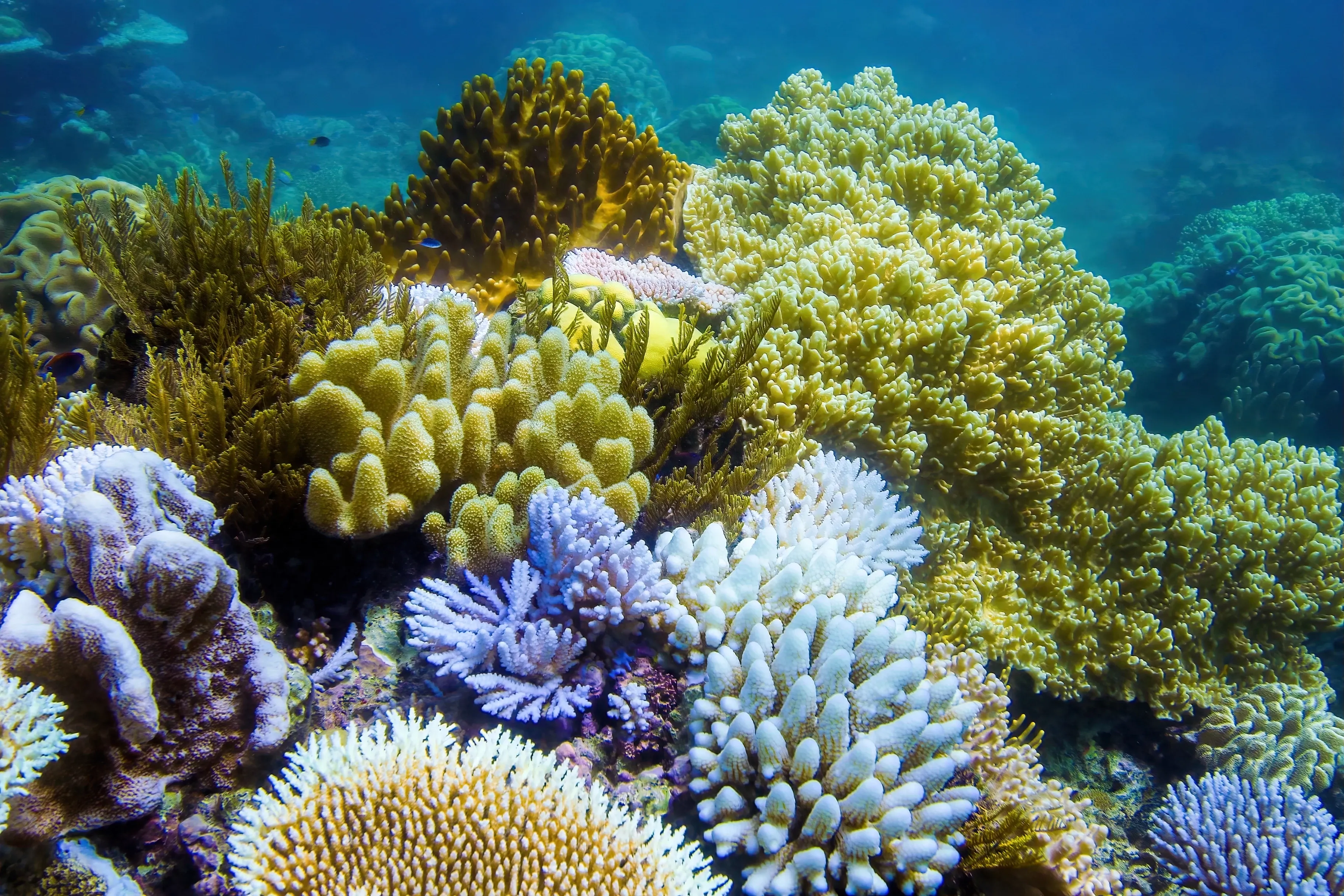
Current efforts to restore and conserve reefs
Conservation organizations, charities, and governments are collaborating across the globe to address the problem of coral reef loss. Whilst tackling the root cause of the issue – climate change – is the most important aspect of reef conservation in the long-term, other actions with more rapid results are also being taken.
Governments are passing legislation to protect reefs, such as through the dedication of important zones such as Marine Protected Areas (MPAs). MPAs restrict human activity in defined regions, providing a refuge for marine biodiversity in which it can recover and thrive.
Removing anthropogenic pressures reduces the stress on coral organisms, increasing their resilience to other stresses such as disease and climate change effects. Restrictions on fishing quotas and extractive practices also ensure reef ecosystems are not overexploited, maintaining long-term sustainability, and improving prospects for local communities that depend on reef productivity.
Many organizations are also working to actively restore reefs, through growing corals in nurseries and planting them on artificial reefs, expanding coral cover in suitable regions. Scientists are developing innovative technologies to assist invasive species control, such as automated robots which can target specific species for removal and releasing coral larvae across reef areas to enhance the settlement of new colonies. Switching coral algal symbionts to more resilient species is also being progressed as a method of restoration to enhance reef resilience in the future.
Ultimately, the aim is to raise awareness of the problems facing coral reefs, identify solutions and gain support for conservation initiatives. However, tackling climate change is key to preventing the further loss of coral reefs and ensuring that these magnificent ocean ecosystems continue to thrive for future generations.
Source references:
Journals Plos One
Science Direct
Natural Resources Management and Biological Sciences
Sign up for the newsletter
By clicking on “Subscribe now” I will subscribe to the Conscious Explorer newsletter with all the information about mindful travel. Information on the success measurement included in the consent, the use of the shipping service provider MailChimp, logging of the registration and your rights of revocation can be found in our privacy policy.
